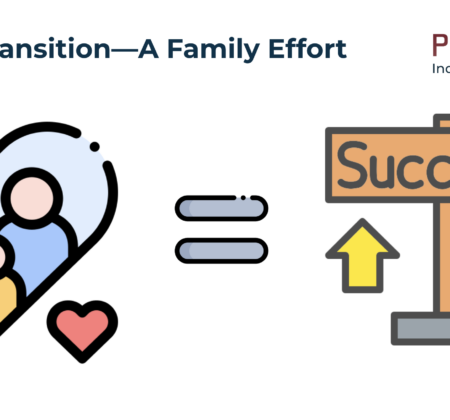The military is unique in employment because everyone eventually transitions out, often knowing the exact day they’ll leave. For some, like those facing a medical board, this timeline can be less certain.
As you prepare for your transition, it’s important to understand the limitations of the Transition Assistance Program (TAP). While TAP was introduced in 1991, it builds on a flawed foundation. The model seems to rely on a generic approach—networking, resume writing, and interviewing—with an added emphasis on “translating skills.” This focus on skills translation has dominated the transition conversation for decades but hasn’t solved the problem.

Consider the widespread use of military-to-civilian skills translators by organizations like Military.com and Capital One. If these tools truly worked, transitioning service members wouldn’t face so many challenges.
The Core Issue—Understanding That You Need to Make a Change
The reliance on skills translation overlooks a critical truth: the military and private sector are fundamentally different. TAP implies you’re ready for the private sector as you are, needing only minor adjustments. This is a fatal flaw. Transitioning successfully requires a shift in thinking and decision-making to align with the private sector’s unique environment.
This shift isn’t just about getting a job. With 93% of Americans having no military affiliation, understanding the private sector environment is essential for broader acclimation, including employment.
The Challenge of Ad Hoc Approaches
Without clear guidance on these differences, many veterans create ad hoc transition plans. TAP’s one-week structure doesn’t emphasize the need for significant change, so you’re left to figure it out on your own. As your transition date approaches, you might take steps like earning certifications or going back to school, hoping these actions will prepare you.
But hope is not a strategy. If you’re not 90% confident in your approach, it’s time to rethink and prepare more effectively.




